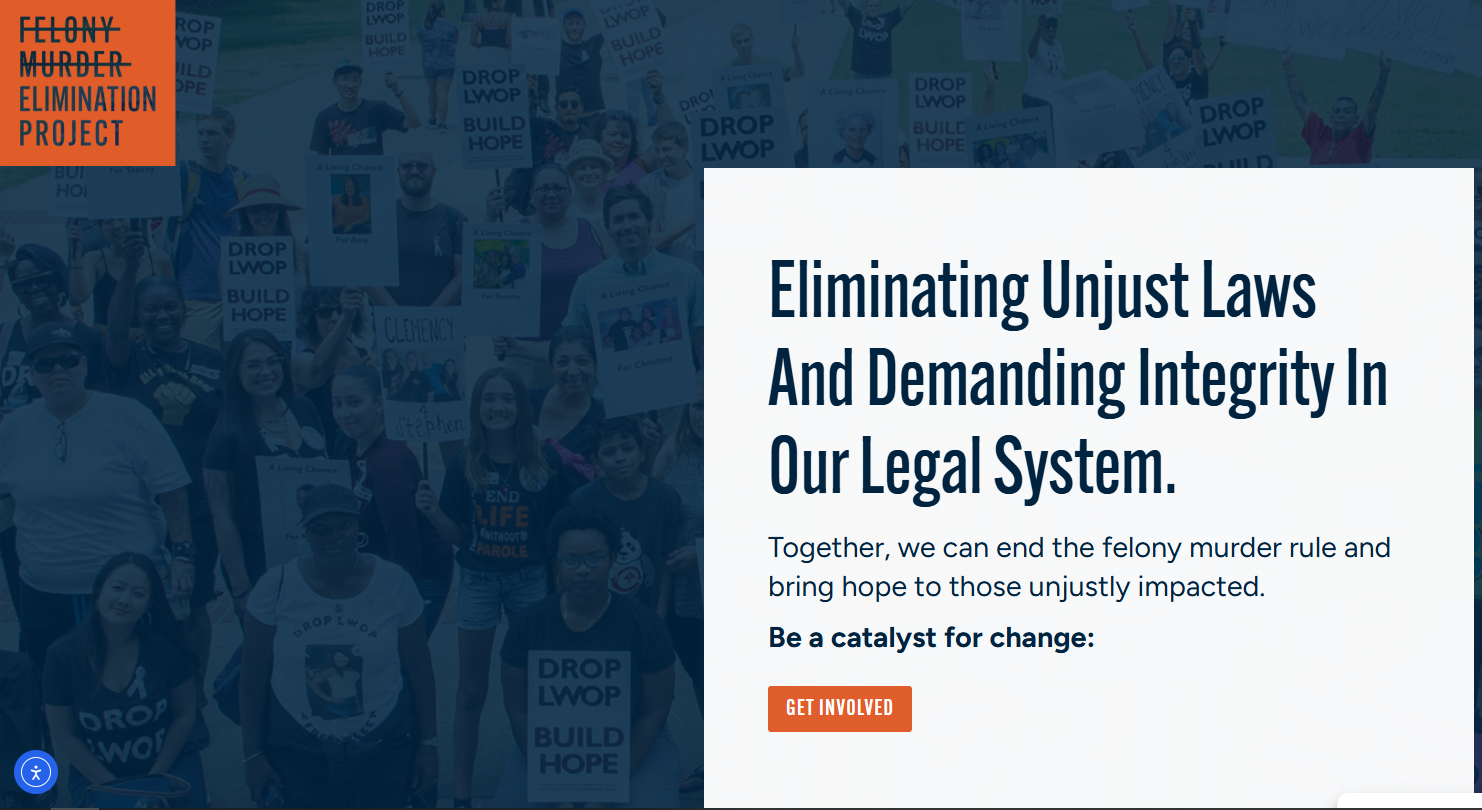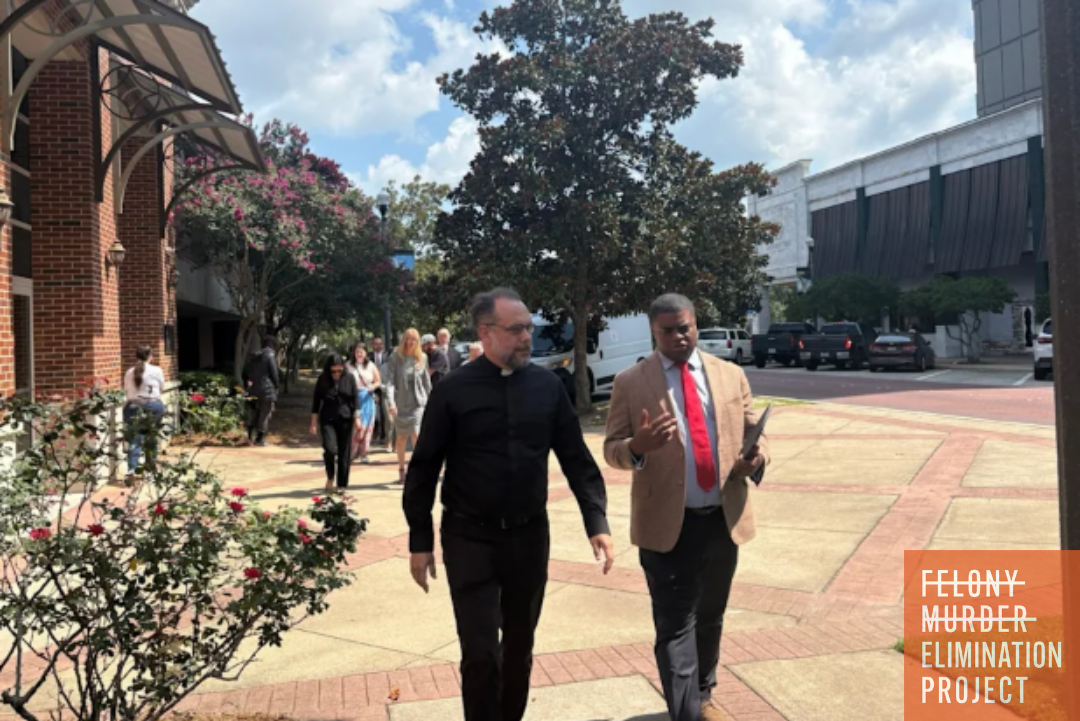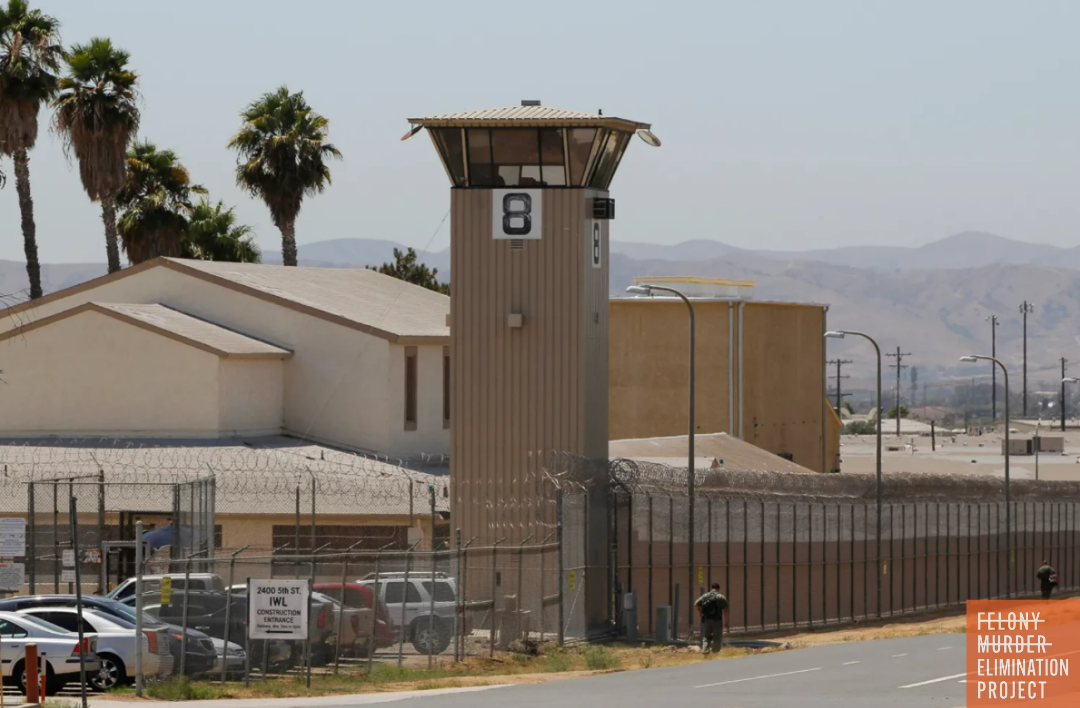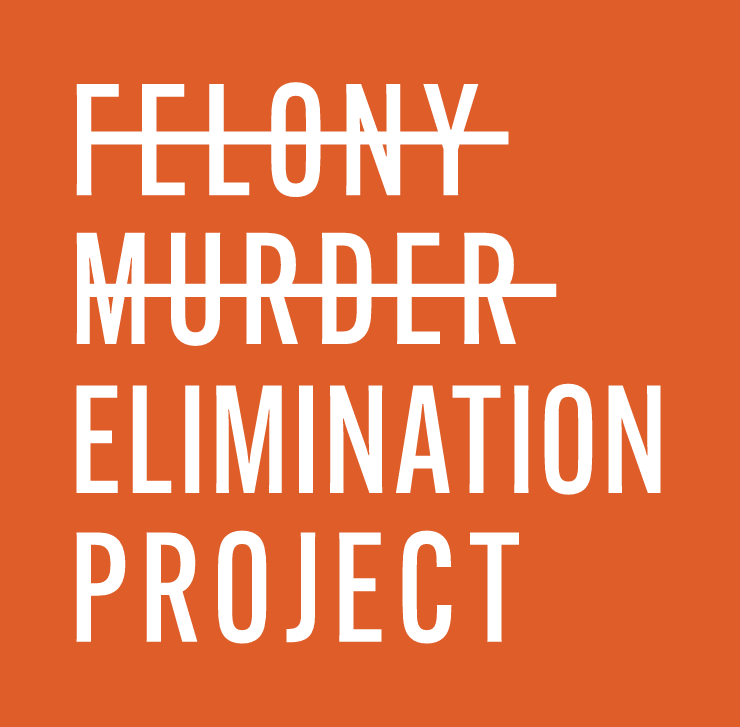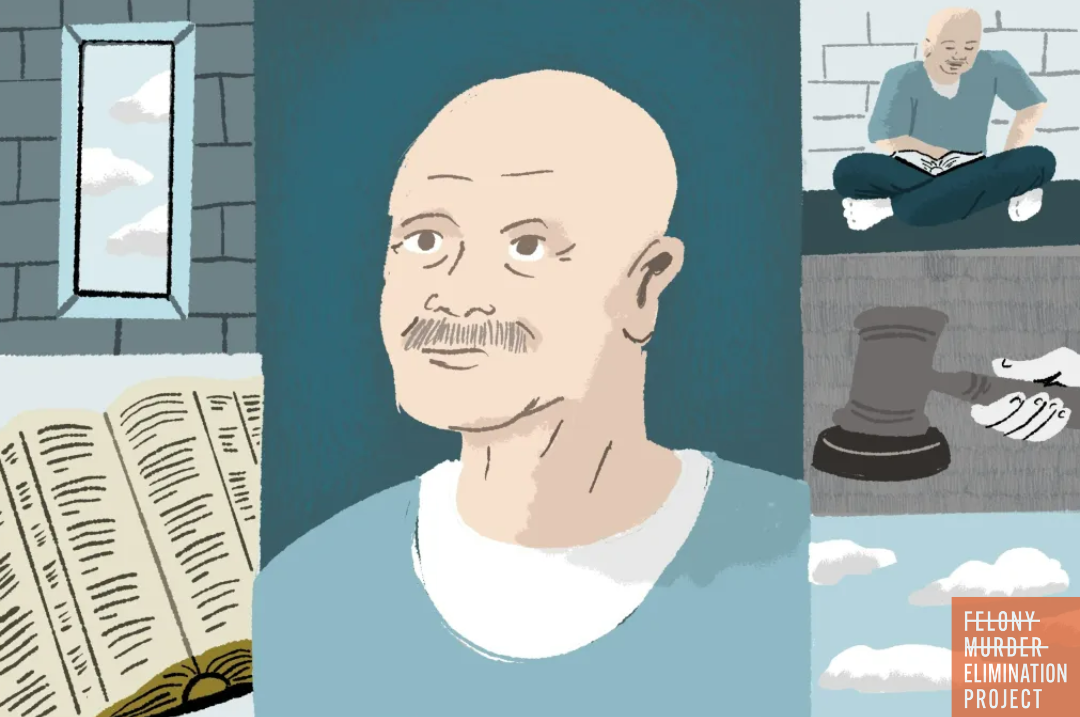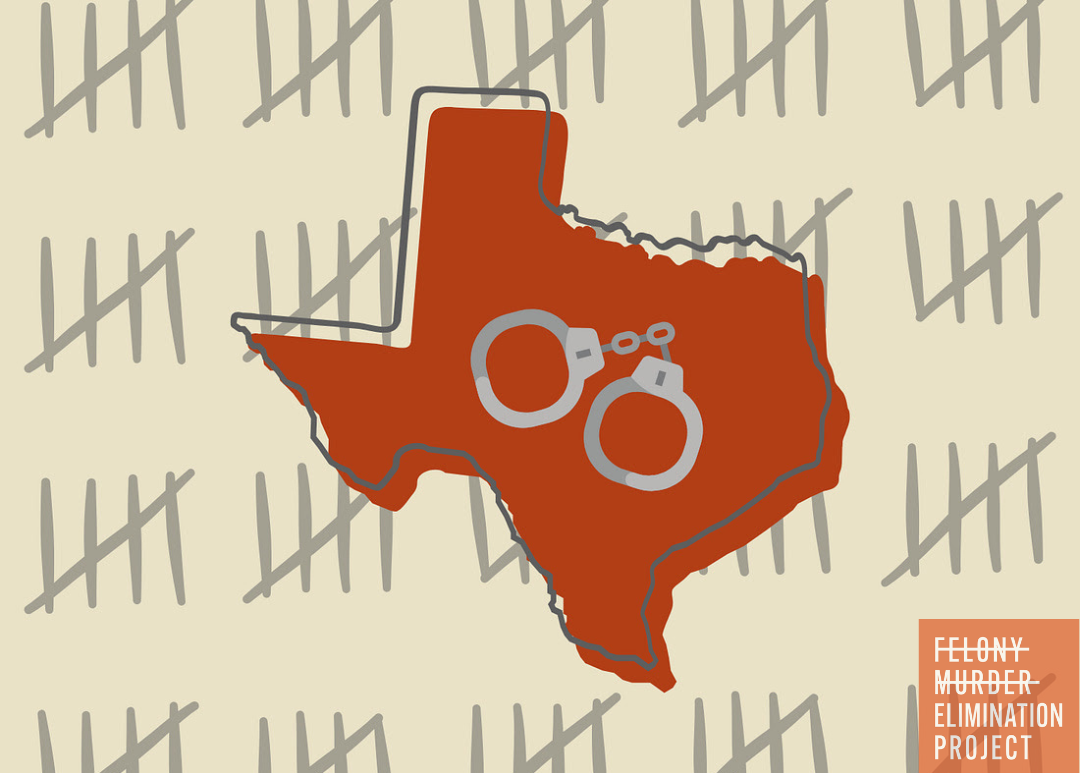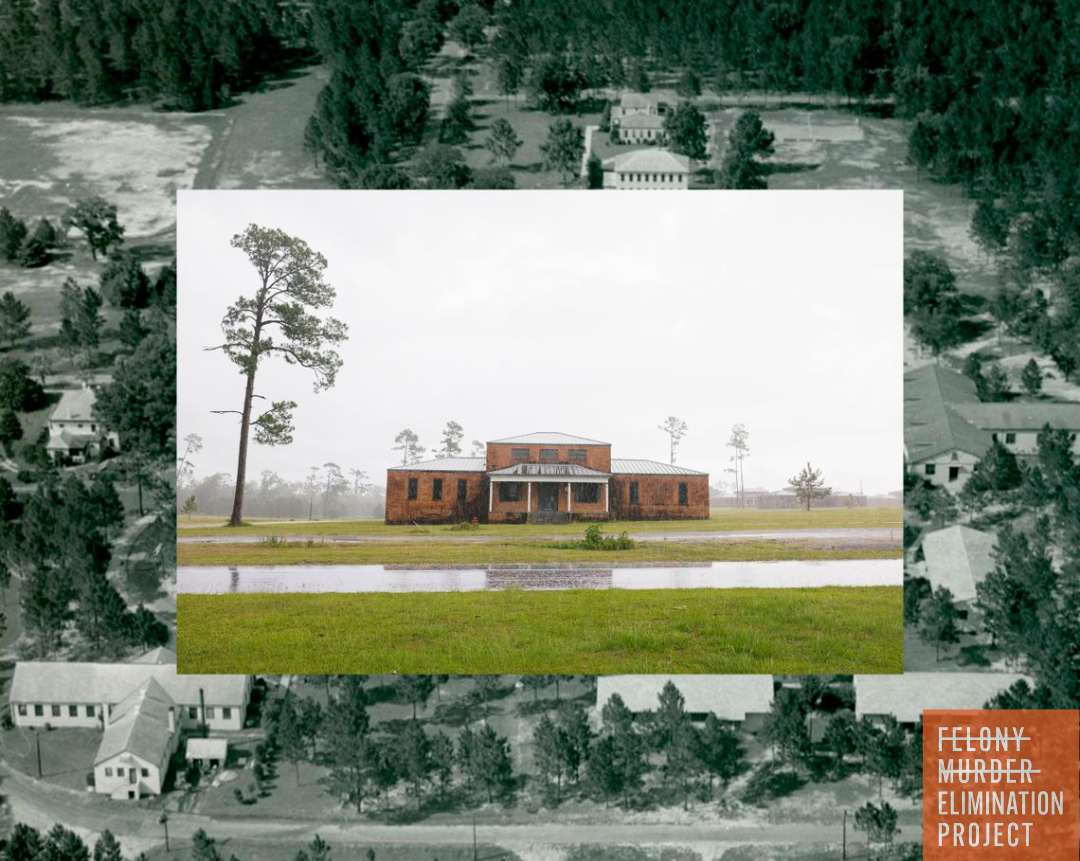Advocates Seek to Reform Cash Bail Through Legislation
Cash bail reform, pretrial practices promote public safety & decrease harm

Until recently, jurisdictions across the United States saw growing support for reforms to the pretrial system. There was broad recognition that mass, pretrial incarceration was driven by archaic cash bail systems, causing a variety of negative consequences for individuals and communities. In communities large and small, representing individuals from across the political spectrum, efforts to reform cash bail systems have proved successful at both maintaining public safety and reducing the harms of pretrial incarceration. Law enforcement and prosecutors have joined the ranks of cash bail reform proponents, recognizing that wealth-based decision-making is unjust, erodes public trust, and is not effective at maintaining public safety.
Higher crime rates, primarily driven by greater gun violence, with the onset of the COVID-19 pandemic changed the national narrative around cash bail reform. These concerning trends are taking place in cities and towns nationwide, regardless of their history with cash bail reform. Although there is no evidence linking cash bail reform to high crime rates, and a significant amount of evidence to the contrary, cash bail reform has become an easy target for politicians looking to demonstrate they are taking action to address violent crime.
More than 95 percent of crime in the United States is nonviolent; the vast majority of people who are arrested can safely await their trial in the community versus behind bars. At the same time, 80 percent of people in local jails in the United States have not been convicted of a crime. The number of people incarcerated pretrial increased 433 percent from 1970 to 2015, almost entirely due to increases in cash bail assignments, which is the amount of money assigned by the court that a person must pay to secure their release. As a result of excessive cash bail, hundreds of thousands of people are incarcerated each year not due to any real public safety concern, but rather due to a lack of money.
Looking at a specific state for example; under Minnesota law, everyone who is arrested has a right to bail. But Minnesota courts do not have to take into account each defendant’s ability to pay, so judges are allowed to set bail amounts that wildly exceed what people are actually able to afford. In 2021, the average bail request Minnesota Freedom Fund received from Black defendants was $76,816, which was nearly twice the average support requested by white defendants and 7.5 times the national median income of Black people across the country who are in jail because they cannot afford their bail.
Evidence from jurisdictions that have reformed their cash bail practices tells a different story. Reducing reliance on cash bail has not led to a decrease in public safety. In places that have implemented cash bail reform, rates of pretrial re-arrest remain unchanged. In New York, New Jersey, Washington, D.C., and Santa Clara County, California, for example, at least 99 percent of people completed the pretrial period without an arrest for a serious crime. Cook County, Illinois, Harris County, Texas, Kentucky, and Philadelphia similarly maintained stable re-arrest rates before and after reforms were implemented. And after cash bail reform was passed in New Mexico and Yakima County, Washington, a larger percentage of people completed the pretrial process without a new arrest.
The facts are clear: In jurisdictions where commonsense cash bail reforms have been implemented, those who await their trial in the community are no more likely to be re-arrested after bail reform was passed than before. Put simply, releasing more people has not led to higher crime rates.
In fact, the stories of individuals harmed by unjust cash bail systems provide persuasive evidence of the need for reform. There are broad, long-term public safety benefits to having people remain connected to their families, their housing, and their jobs—rather than having them held unnecessarily. Fearmongering should not win the day over good policy that contributes to a holistic community approach to safety.

